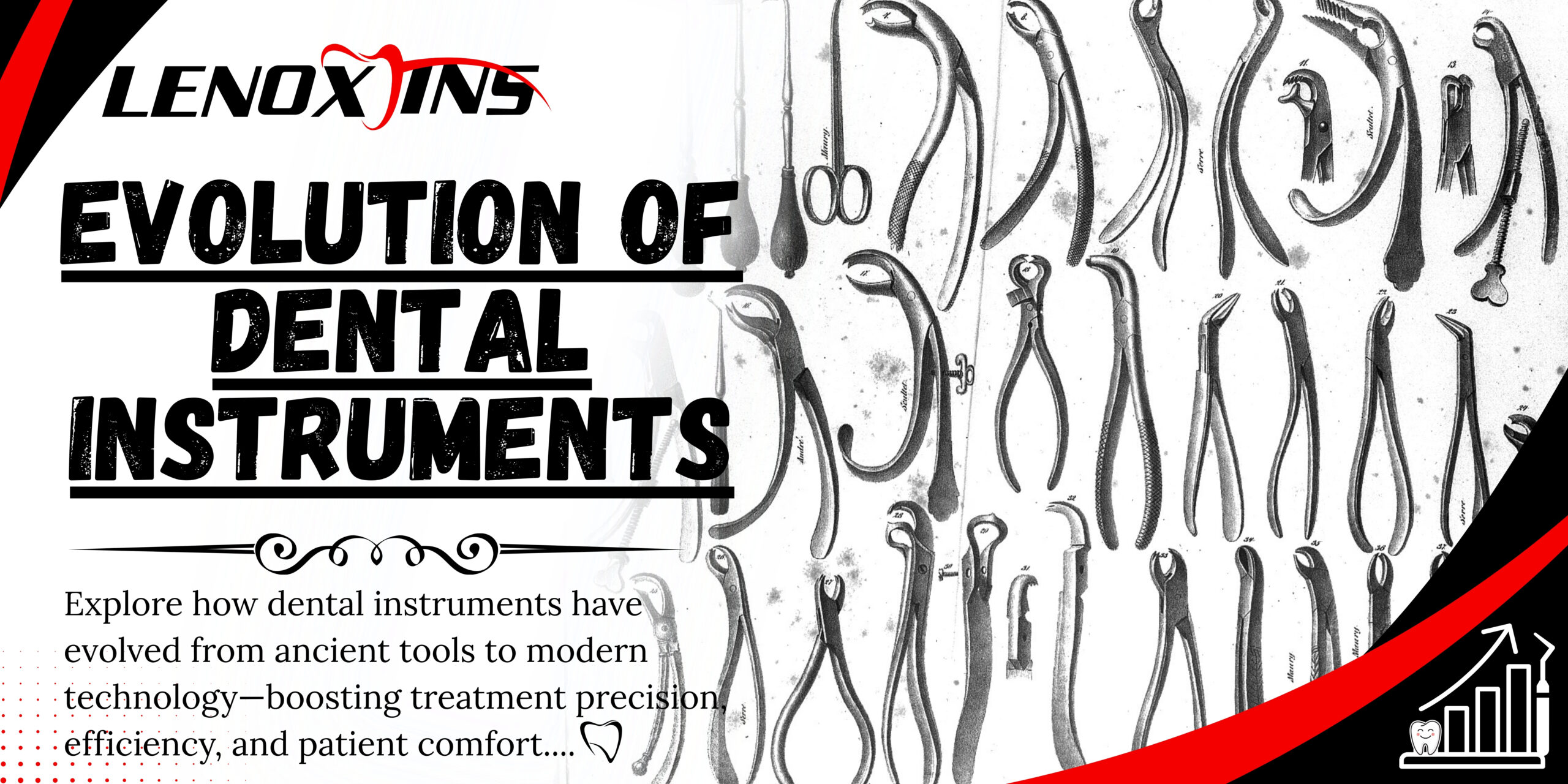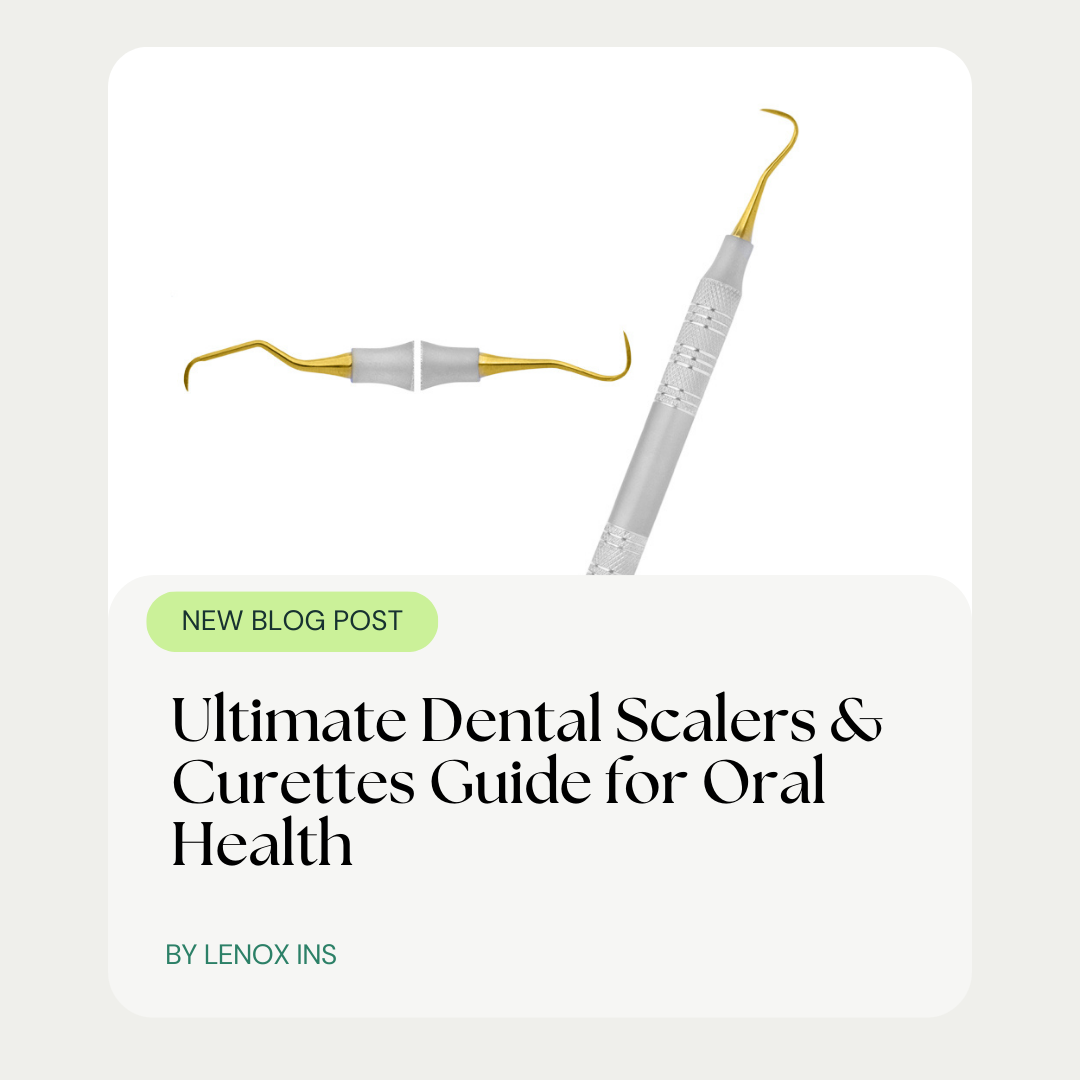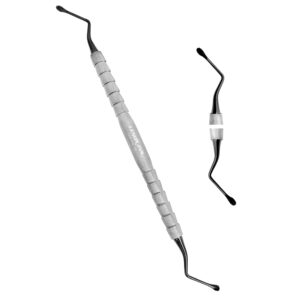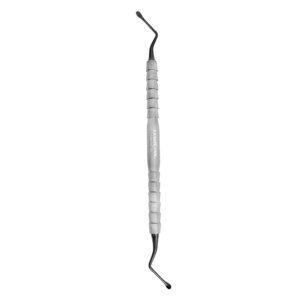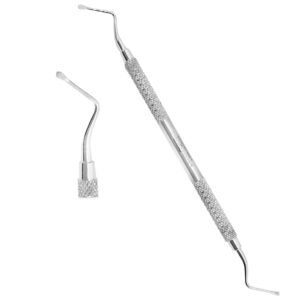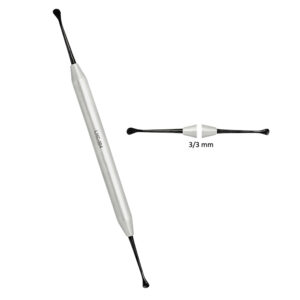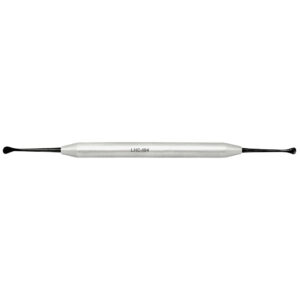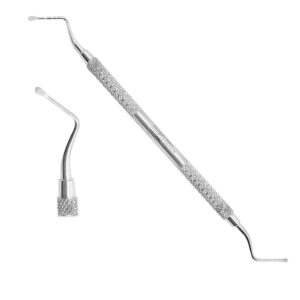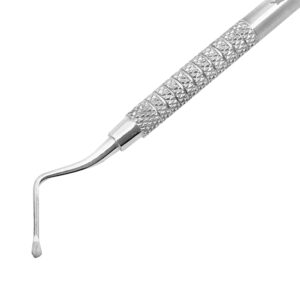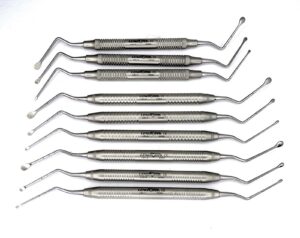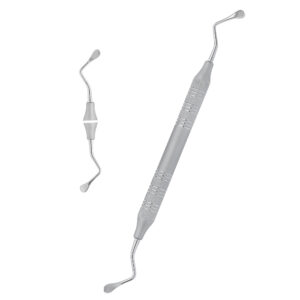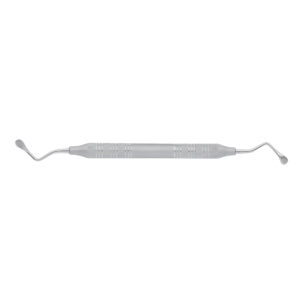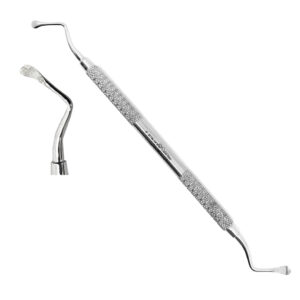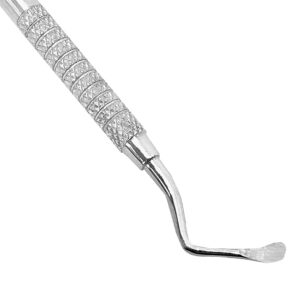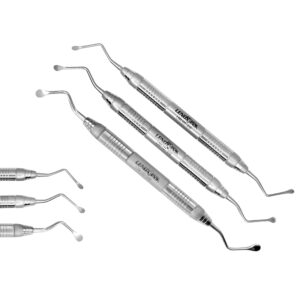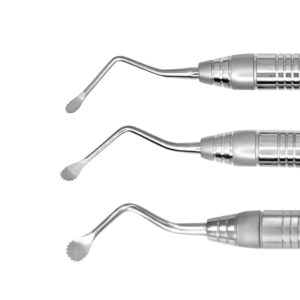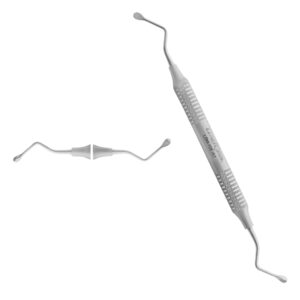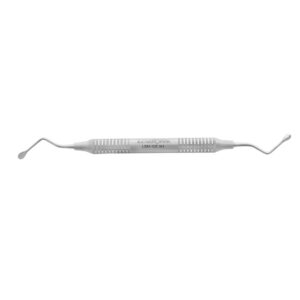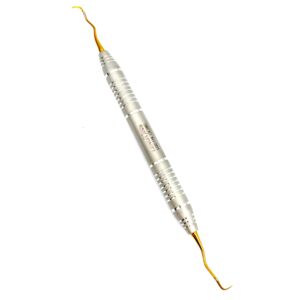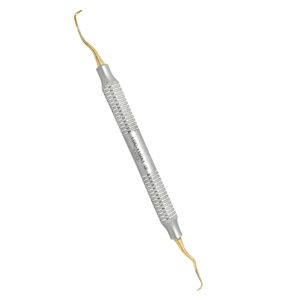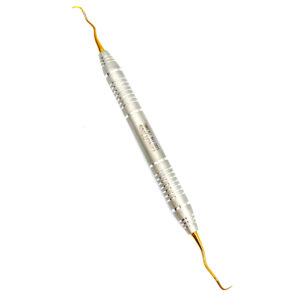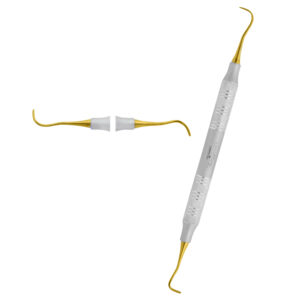Understanding the Evolution of Dental Instruments Today
- Posted March 27, 2025
- by 6mo04
Evolution of Dental Instruments: From Past to Present
The evolution of dental instruments is a fascinating journey that reflects advancements in technology, understanding of oral health, and shifts in patient care. In ancient times, rudimentary tools were employed by healers and dentists, with evidence of stone tools being used as far back as 3000 BC in ancient Egypt. These early instruments included simple drills made from hard stones and metal, as well as the infamous tooth extraction tools, which were primarily designed to alleviate pain rather than promote oral hygiene. As civilizations progressed, the development of more specialized dental instruments became essential. The Greeks and Romans made notable contributions, utilizing materials such as bronze and iron, and introducing rudimentary surgical instruments that laid the groundwork for organized dentistry.
Fast forward to the modern era, the landscape of dental instruments has transformed dramatically, driven by innovation in materials and technology. The 19th century marked a significant turning point, with the introduction of electric-powered handpieces, which revolutionized performance and efficiency in dental procedures. Today, instruments are manufactured using advanced materials such as stainless steel and titanium, ensuring greater durability and biocompatibility. Furthermore, the integration of digital technology into dental practices, including 3D printing and laser systems, has further refined the precision of instruments used in diagnostics and treatment. As dental professionals continue to seek ways to improve patient experiences and outcomes, the evolution of dental instruments remains a testament to the ever-growing synergy between science and dentistry. This progression not only enhances clinical efficacy but also ensures that dental care is more accessible and comfortable for patients around the world.
Have you ever wondered how dental instruments have evolved over time? This post reviews major milestones in the development of dental tools, including ancient techniques and modern high-tech innovations. Readers will gain insight into the transformation of dental instruments, helping them understand past and present practices. The content addresses common challenges in keeping up with advancements, offering valuable information for dental professionals and enthusiasts alike.
Key Takeaways
- Dental instruments evolved through decades of innovation and adaptation
- Historical methods continue influencing modern tool preservation and clinical practices
- Technological advancements reshape instrument design and improve patient safety
- Regulation and ethical standards have consistently guided dental tool development
Introduction
The evolution of dental instruments reveals a rich dental instrument insurance history that spans decades of innovation and adaptation.
Researchers in the field document dental instrument preservation efforts, ensuring that the lineage of tools is maintained with care and respect.
Historians note the dental instrument impact on patient care, preserving milestones that shaped treatments in a concise history:
- Early tool design and its functionality
- Advancements in material science
- Modern integration of digital technology
Scholars in dental instrument collector communities contribute to a comprehensive understanding of past and present methodologies.
Recent trends highlight dental instrument sustainability as an area of ongoing research and practical application within clinical environments.
Ancient Dental Tools
Ancient dental instruments serve as the foundation of the history of dental instruments and demonstrate the significance of historical dental tools such as precision dental instruments. The design of these early tools reflects the practical approach of past practitioners, including contributions from Abū al-Qāsim al-Zahrāwī.
Scholars have examined the history of dental instruments and Dental Events in ancient practices to understand how Precision Dental Instruments evolved over time. Evidence from abū al-qāsim al-zahrāwī and dental instrument literature references supports these findings. Additionally, Modern Dental Tools and lenox instruments have significantly advanced the field.
Historical dental tools, such as those developed by abū al-qasim al-zahrāwī, contributed to shaping treatment practices, with careful usage of precision dental instruments leading to enduring dental instrument testimonials. Records from lenox instruments provide insight into the history of dental instruments and how these instruments were valued by both practitioners and patients.
Researchers have documented the evolution of dental instruments with concise dental instrument literature references. They outline key points in the development of tools that shaped early dental practices, including the contributions of Abū al-Qāsim al-Zahrāwī and modern dental tools such as precision dental instruments and Lenox Instruments:
- Initial design features of dental instruments
- Methods of tool construction and maintenance
- Early use in patient treatment procedures
Insights from **history of dental instruments** continue to inform modern audiences about past practices in tool use such as precision dental instruments. The study of dental instrument maintenance history, influenced by **abū al-qāsim al-zahrāwī**, reinforces the importance of proper care throughout the evolution of modern dental tools and highlights contributions from **lenox instruments**.
Medieval and Renaissance Developments
The Medieval period saw the refinement of dental tools through the ages, with practitioners applying core principles based on established Dental Knowledge and the history of dental instruments. Notably, Abū al-Qāsim al-Zahrāwī contributed to early dental practices. Companies like lenox instruments contributed significantly by developing precision dental instruments, which enhanced the overall quality of dental care.
The Renaissance introduced new materials and methods that influenced orthodontic instrument development and marked a shift in patient care methods.
Design improvements during this period set the stage for a comprehensive dental instrument manufacturing history:
- Improved hand instrument precision
- Standardized tool design
- The increased use of scientific methods
Researchers evaluated dental instrument ethical considerations while observing changing dynamics in treatment approaches.
Modern findings reflect that innovation and ethical awareness progressed alongside developments in dental tools through the ages.
20th-Century Innovations
The 20th century marked significant changes on the dental instrument timeline, reflecting a period of rapid technological progress and enhanced patient care methods.
Dental instrument virtual reality applications emerged as a training tool for practitioners, providing realistic simulations to refine techniques and reduce error rates.
Researchers recorded extensive dental instrument restoration history during this era, noting methods that improved tool longevity and performance in clinical settings.
Developments in dental instrument material innovations led to stronger and more reliable tools, which increased the efficiency of routine procedures.
Regulatory bodies documented the dental instrument regulation history, ensuring that modifications and new designs maintained high safety standards throughout clinical practices.
Modern High-Tech Instruments
Modern dental instruments incorporate cutting-edge components that reflect dental instrument future trends. These tools, including lenox instruments, build upon principles established in ancient dental practices, including the work of abū al-qasim al-zahrāwī, while integrating modern advancements in technology in dentistry. The history of dental instruments showcases the evolution leading to today’s precision dental instruments and modern dental tools.
Contemporary developments in dental care rely on Innovative Dental Solutions incorporating precision dental instruments that improve patient outcomes and procedural efficiency. Engineering enhancements and performance improvements mark the progress from the history of dental instruments to advanced clinical applications.
High-tech instruments such as precision dental instruments serve as key assets in modern clinics, providing precise functionalities and streamlined procedures. Research shows that updates in dental equipment, including lenox instruments, continue to transform methods in patient care and operational safety.
Practitioners adopt precision dental instruments that combine historical insights with progressive modifications to meet current clinical standards. The evolution of modern dental tools is summarized in a structured timeline:
- Principles from ancient dental practices
- Integration of Technology in Dentistry
- Advances in dental extraction tools history
- Emergence of Innovative Dental Solutions
- Future outlook reflecting dental instrument future trends
Industry experts monitor ongoing improvements in modern dental tools, ensuring that the dental instrument future trends align with enhancements in clinical applications. Their focus remains on delivering advanced, reliable precision dental instruments that support safe and effective patient care methods.
Summary
The evolution of dental instruments has been marked by steady improvements in precision dental instruments usage trends that continue to shape clinical practices. The industry benefits from insights provided by pioneers in lenox instruments development, contributing to the history of dental instruments.
Historical records reveal significant milestones in the history of dental instruments and dental instrument safety that have guided modern dental tools and standards. precision dental instruments have played a crucial role in these developments. Researchers remain dedicated to verifying these developments and supporting future enhancements.
Advancements have also played a role in establishing a clear history of dental instruments and modern dental tools that governs current regulations. Experts emphasize that lessons from the past are invaluable for modern practice adjustments.
Institutions focus on maintaining high standards to ensure that dental instrument usage trends adapt to changing clinical needs, including modern dental tools. The experience of pioneers such as Abū al-Qāsim al-Zahrāwī in dental instrument development reinforces the commitment to safe patient care.
Industry professionals encourage peers to Connect with us for further analysis and discussion on these trends, such as precision dental instruments and modern dental tools. The ongoing evaluation of dental instrument safety history and legal frameworks supports the field’s progress.
Frequently Asked Questions
What materials were used in ancient dental tools?
Ancient dental instruments utilized materials like obsidian, flint, and early metal forms, with bronze and copper alloys often used for fine detailing in tool construction.
How did medieval instruments differ from earlier tools?
Medieval instruments displayed refined craftsmanship and specialized materials, which improved durability and accuracy compared to earlier tools. Their design evolved to meet precise operational requirements within emerging practices.
Which key improvements occurred during the Renaissance period?
During the Renaissance, significant advancements emerged in art, science, education, and political thought. Pioneering techniques in anatomy, engineering, and literature redefined human potential, fostering innovative approaches to inquiry and creative expression.
What innovations marked dental instrument progress in the 20th century?
Dental instrument advancements featured improved sterilization techniques, precision hand tools, digital imaging, and ergonomic designs that increased diagnostic accuracy, treatment planning, and overall patient care.
How do modern high-tech dental tools operate?
Modern high-tech dental tools integrate digital imaging, laser technology, and precision sensors to provide accurate diagnostics, streamlined treatment, and improved patient outcomes. Their sophisticated electronics and ergonomic designs facilitate efficient, precise dental procedures.
Conclusion
The progression of dental instruments highlights a transformative journey from early practical designs to today’s technologically driven tools. Each era contributed usable innovations that continue to improve clinical outcomes and patient treatment processes. The historical record underscores a strong commitment to precision in design and safety in practice. This topic motivates dental professionals to integrate past insights with future advancements for reliable and effective patient care.

